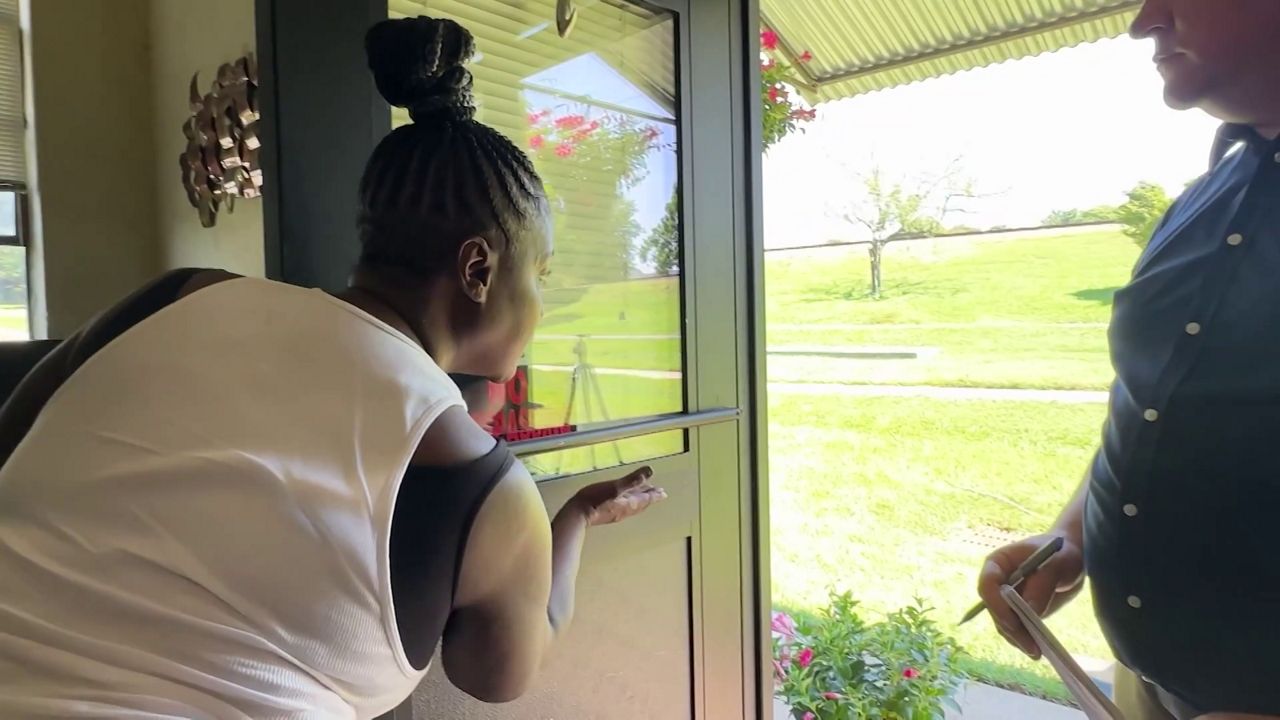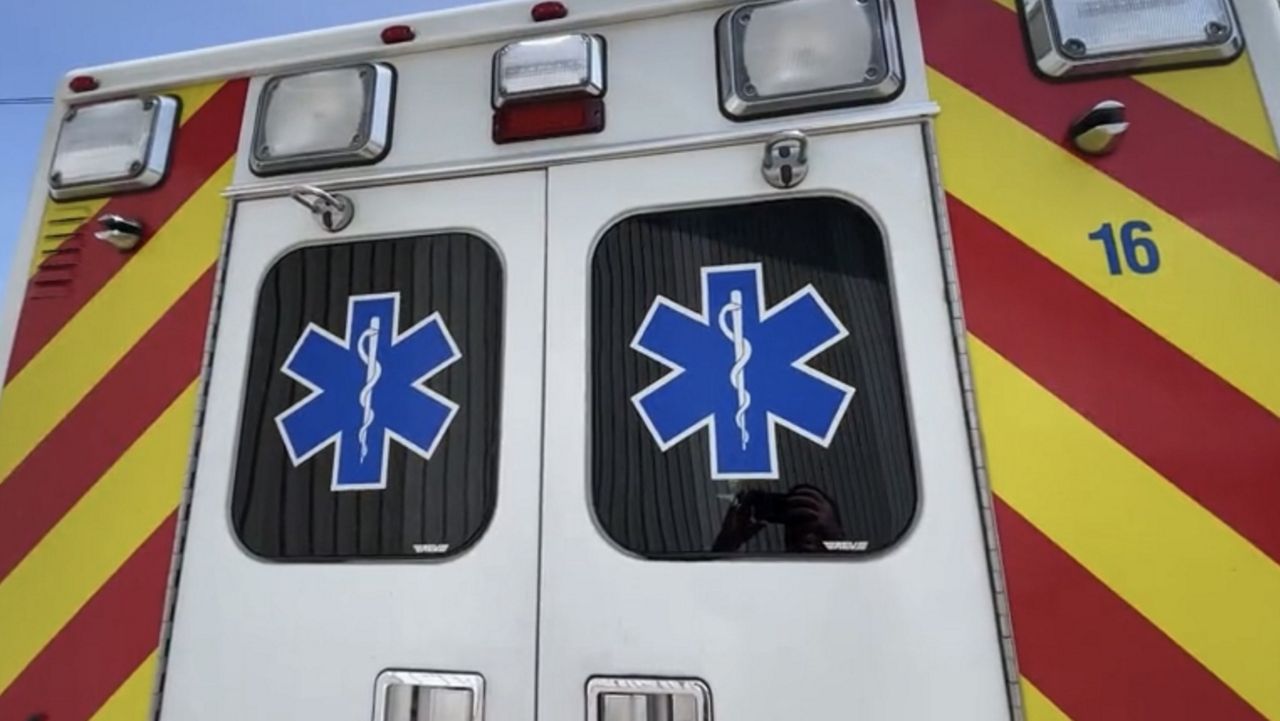If you or someone you know needs help, call or text 988 to reach the Suicide and Crisis Lifeline or live chat at 988lifeline.org.
RALEIGH, N.C. — Suicide is one of the leading causes of death in the United States and impacts people of all ages, according to the National Institute of Mental Health.
New information from the British Journal of Sports Medicine shows deaths by suicide increased among both male and female NCAA athletes from 2002 to 2022.
Among NCAA athletes, suicide is one of the leading causes of death, second to accidents. The report published earlier this month shows suicide rates doubled among these athletes over a 20-year time period.
Daniel Bellamy, associate athletic director for sports medicine at N.C. State, said hearing these statistics is heartbreaking.
“You get into this profession and one of things you never hope to experience is the death of an athlete,” Bellamy said.
He mentioned that in their profession, they are trained to handle medical emergencies and now must also be able to handle mental health crises.
School pressures, performance expectations, time demands, injury, athletic identity and physical fatigue can cause mental health issues, according to the British Journal of Sports Medicine.
The report revealed of the 1,102 NCAA athlete deaths that happened during 2002 to 2022, 128 were suicides among people who ranged from 17 to 24-years-old. Most suicides happened at 20 years of age.
“I think they also have a peculiar and specific set of stressors around their athletic responsibility,” Bellamy said. “I think specialization in sports can be an additional stressor because your identity becomes formulated and fixated around a specific thing and whenever your relationship to that environment or to that thing is altered or taken away from it for any reason you immediately find yourself in what can be a crisis.”
N.C. State gymnast Emily Shepard said she agrees that being a student athlete comes with its challenges.
“I feel as a gymnast, you’re raised in a sport that everything has to be perfect, and wanting to be perfect in every aspect can just be really disheartening sometimes," Shepard said.“I feel as a gymnast, you’re raised in a sport that everything has to be perfect, and wanting to be perfect in every aspect can just be really disheartening sometimes," Shepard said.
Shepard said she’s been doing gymnastics since she was about 18 months old.
As a student-athlete, she enjoys being around her teammates and competing. Shepard said she feels like gymnastics is a big part of her identity. In college, she aimed to be known for more than just that.
“As a student athlete here, I just feel like there were so many resources to help me build it all together and build on my success in athletics and academics,” Shepard said.
Shepard said gymnastics practice was five days a week and four hours a day. Having to balance out her gymnastics schedule with other priorities in her life got tricky.
“So on a day-to-day life, honestly, is really hard, there’s just so much to do. There’s always something else that you can be doing, whether that can be more treatment, more rehab, more studying, more practice more fuel,” Shepard said.
On top of that, the gymnast said she struggles with the pressure she puts on herself as well as the pressure of others.
“I feel like they show me what potential I can have, and so I know what I’m capable of, and they push me to be capable of even more,” Shepard said. “But at the same time I feel like once I have a taste of that greatness and success, then I just want more and more of it and it’s kind of addicting; and so I feel like I put so much pressure on myself in different areas, especially athletics.”
Shepard mentioned that she is aware that others are also going through similar experiences, and she wants to help.
“As a student athlete, we did lose a member of one of our own, and so, that was just really hard and that hit our community. So I just wanted to take some time and reflect on what I could do to help some other people,” Shepard said.
She put together a week in the fall to bring awareness to the topic of mental health.
While students like Shepard are trying to make a positive difference, Bellamy is doing the same.
“I also think that we need to remember or recover a mindset that mental health is community health, like caring is not the responsibility that is regulated to a set of specific providers or clinicians or professionals, it’s everybody’s responsibility to be knowledgeable and being responsible for caring for other people,” Bellamy said.
Bellamy said it’s crucial that schools continue to put resources into providing skilled professionals, mental health providers and access to services.
“We currently will have four embedded mental health clinicians who have a diversity of skills and specializations. We also work with our counseling center to provide psychiatric services, including an embedded psychiatrist,” Bellamy said.
Going forward, Bellamy said one of the clinicians they will be bringing on board will be focused on case management and developing community resources to make sure the student athletes get access to a diversity of services. They’re also looking at adding suicide prevention training for not just the clinical staff, but also coaches, student-athletes and staff.










